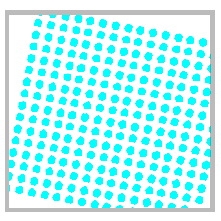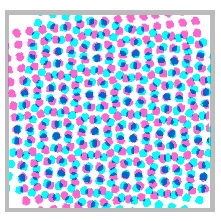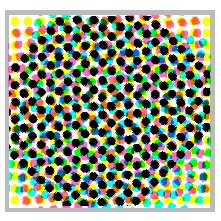Because they cannot vary the thickness of the film of ink in highlights and shadows, lithographic printing presses are unable to reproduce the continuous tones of original photographic images. However, if the original image is first converted into a pattern of dots, the press can print a simulation that "tricks the eye" into seeing what appear to be continuous areas of ink coverage. An image converted in this way is called a halftone. Halftones are produced by screening the image mechanically or digitally to create the matrix of dots. The image is screened once for each color to be printed, so that a halftone for a four-color (CMYK) image will consist of four screens as shown here.
 |
 |
 |
 |
 |
 |
 |
RETURN TO FAST ACCESS MENU
RETURN TO SESSION OUTLINE